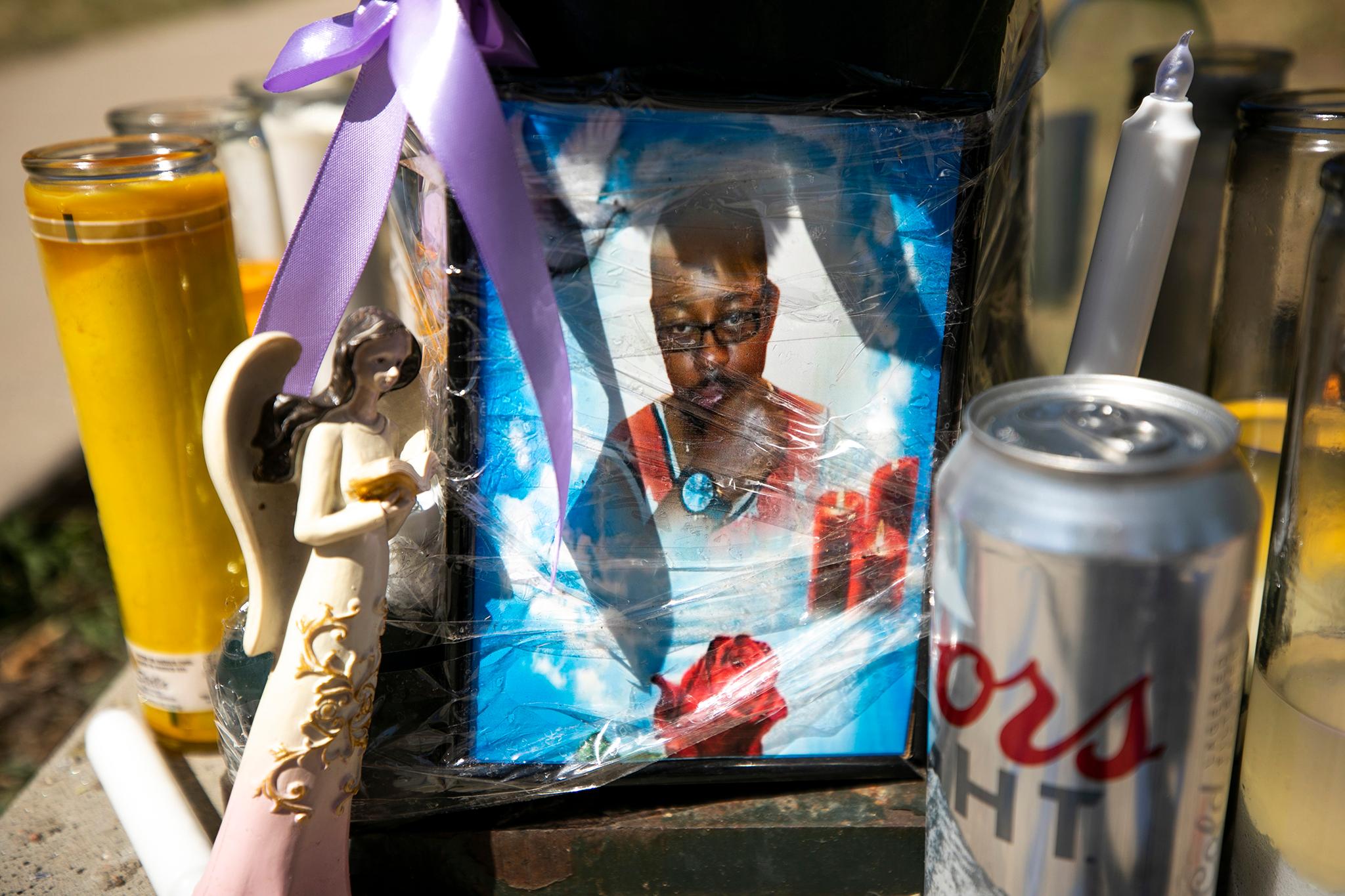This week, the Denver Police Department released footage of the shooting of Brandon Cole, an unarmed 36-year-old Black man, who died after a confrontation with two Denver police officers. It was the first officer-involved shooting of Mike Johnston's tenure as mayor, DPD said.
Cole's killing comes as the city's safety policy is in flux. On the campaign trail, Johnston spoke about a police department with more co-responders, civilian workers trained to ride with officers and help people in mental health crises. It's a foundational idea behind Denver's Support Team Assisted Response program (STAR), the program created in part to curb the possibility that police involvement in crises could escalate things to the point that they draw their weapons. Johnston also talked about needing to hire more officers.
While advocates are still waiting to see if Johnston uses his new powers to fundamentally shift the city's police apparatus, some are concerned he may be headed to a place where tragedies like Cole's death will just continue.
Here's what we know about Cole's killing:
On Monday, Matt Clark, commander of DPD's major crimes unit, told press that officers were called to the 2300 block of W. Cedar Avenue in Valverde on the evening of Aug. 5. Someone called 911 about an alleged domestic violence situation, he said, identifying Cole, claiming he pushed his wife out of a wheelchair and that he may have been under the influence of alcohol.
Footage from two body-worn cameras shows two officers appear at the scene.
As the officers exited their vehicles, Cole's wife, who has not been identified and who was sitting on the sidewalk next to a wheelchair, shouted "Don't pull your gun out on my husband, please."
Cole's wife can be heard in the video telling police that she needed an ambulance. Cole was leaning into a nearby car.
"Yo, Brandon," the first officer said as Cole noticed his presence.
"What's up?" he replied.
"Let me see your hands," the second officer said.
Then Cole began shouting at the officers.
"Listen to what I'm saying, Brandon," the first said.
"No, f*** that," he yelled back.
The officers drew weapons from their belts. The first held a taser, the other a pistol. DPD Chief Ron Thomas later explained this is part of DPD's standard operating procedures.
"We have to have one officer that has a lethal weapon deployed, in case those less-lethal options are not effective," Thomas said at Monday's press conference.
"Stop," the second officer, with the gun, said as Cole moved towards her colleague.
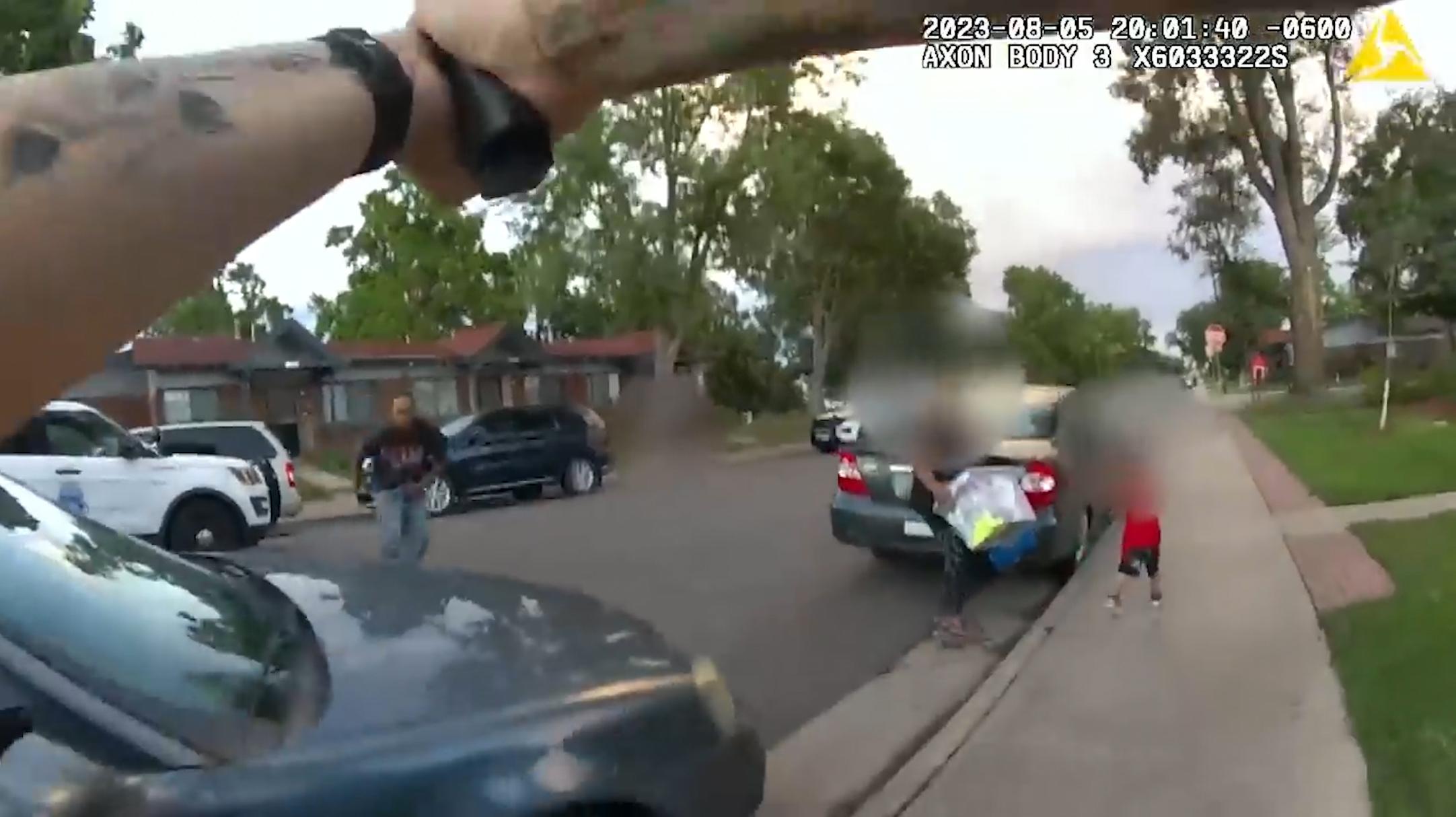
Cole then changed direction towards her. The first officer fired his taser, but failed to hit Cole with both of the electrified nodes required to subdue him.
Cole rushed towards the officer with the gun. She shot him twice as two bystanders, an adult and a child, stood close behind him.
At the press conference on Monday, Clark said the officer who shot Cole thought he had a knife. They later learned it was a black marker.
Chief Thomas said DPD is working with the Colorado Bureau of Investigation, Denver's new Independent Monitor, Lisabeth Pérez Castle, and Denver District Attorney Beth McCann to determine if officers acted improperly. He added DPD will not begin an administrative review of the shooting until McCann has released her own review.
While Thomas called Cole's killing a "tragedy," he and Clark both said officers did what they could to deescalate the situation.
"Part of deescalation is specifically calling him by name, speaking calmly with him, trying to get his compliance," Clark said on Monday, "and that just wasn't effective."
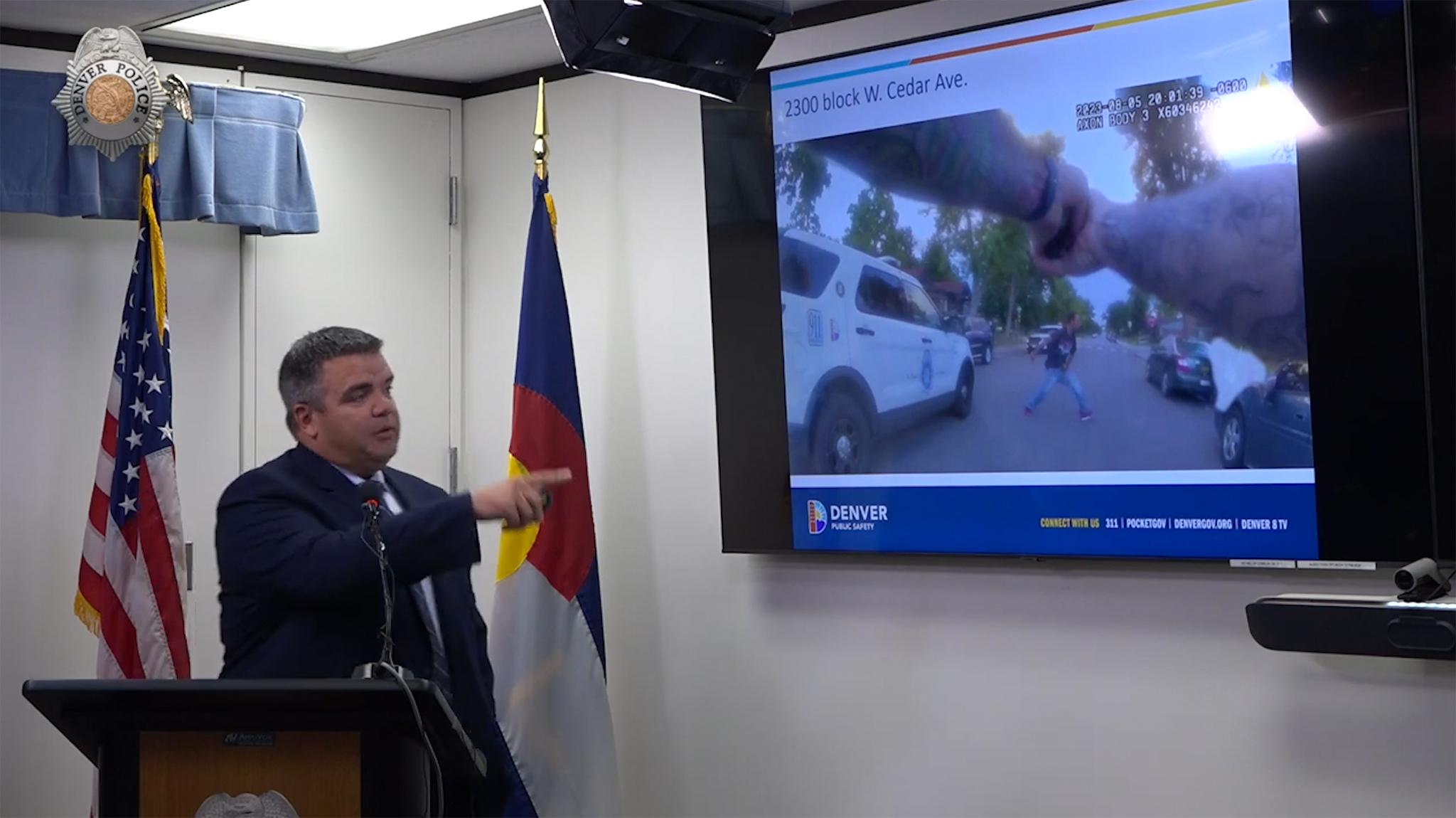
But Gianina Horton, co-director of the Denver Justice Project, a long-running police reform organization, said it might be unrealistic for officers to expect their tone can make a difference. Cole's wife's first statement to officers - "Don't pull your gun." - says it all, Horton told Denverite.
"That in itself is an indication of the expectation of the role of law enforcement in Black and brown communities, and the mistrust and the fear around safety," she said. "Your uniform is a trigger already for Black, brown and Indigenous community members."
Cole's wife declined to speak with Denverite about her husband's killing. She also declined to submit any statement to DPD.
The fallout from this shooting is still unfolding, but advocates say people will continue to be killed by police unless transformative change comes to the city's public safety system.
Horton and others in Denver see a window to influence policing now that Mayor Johnston has taken office. The Denver Justice Project is focusing their efforts on how DPD disciplines officers. Lisa Calderón, who ran against Johnston and later conditionally endorsed him, said she's thinking a lot about whom he appoints to top positions.
So far, Calderón said, Johnston has been "very open" to ideas on where to steer the city.
"The mayor has taken in a lot of feedback from a lot of different places, including my own, and he's trying to be deliberate about the next stages of public safety for the city," she told us. "That being said, I think that there is not a lot of information being shared with the public about what the process is for interviewing and identifying appointees."
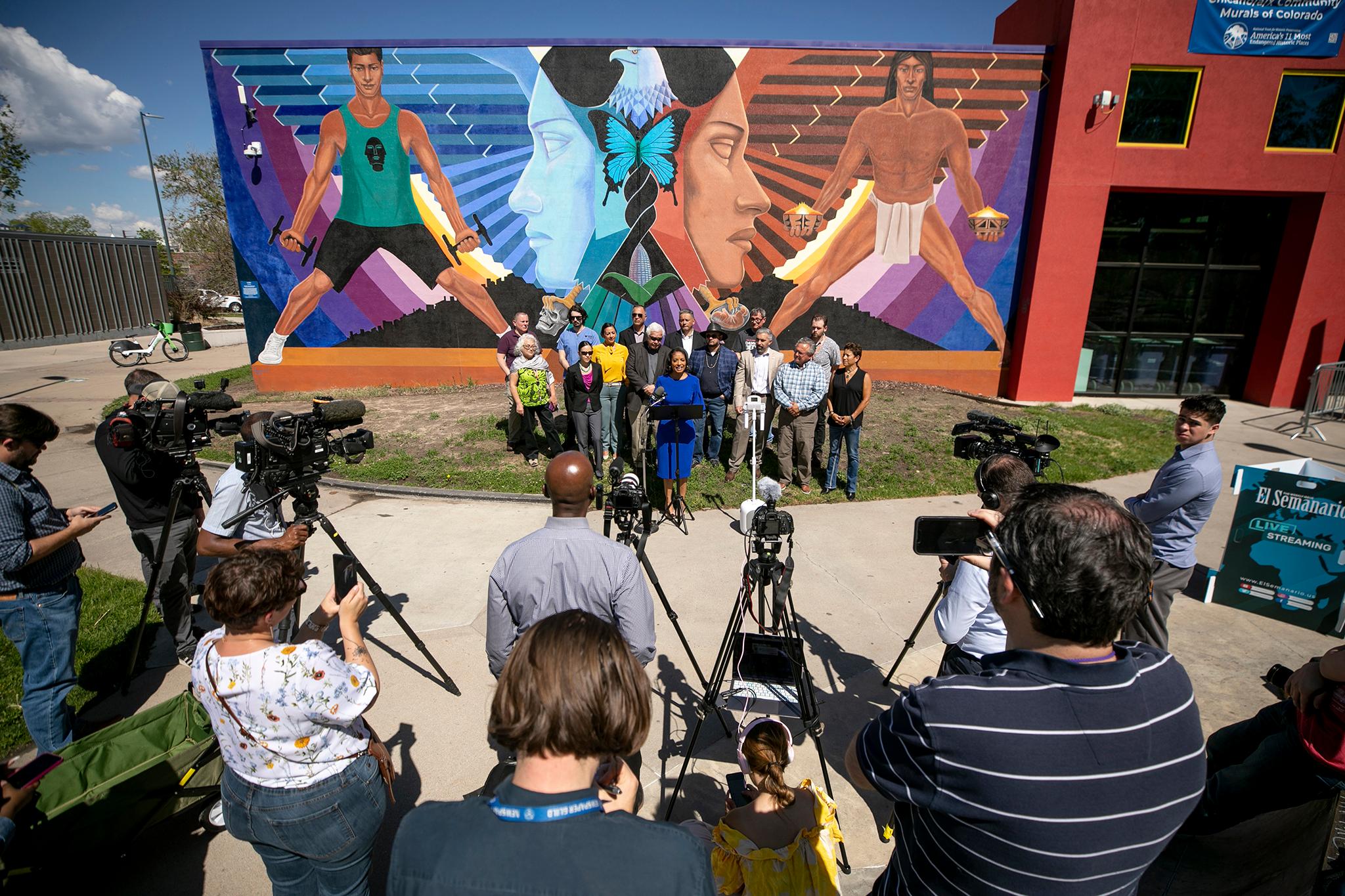
In particular, Calderón said she worries that some key positions within Denver's Department of Public Safety are not open for applications. It could mean that Johnston will stick with the same, male, leadership that has created the city we live in today, she said. If Denver continues to see police shootings like this - or the shooting in LoDo that left six bystanders injured last year - it will be a sign that Johnston has not used his power to make substantive change, she told us.
"We are in need of a reset and fresh vision, and that's what you expect with a new mayor, that we have opportunities to try things that haven't been tried before, to think outside of the box," she said. "To just presume that these same leaders who have had these positions, some of them for years, would somehow overnight come up with a new vision is pretty farfetched."
At-large City Council member Serena Gonzales-Gutierrez said she's also waiting to see how things shake out. Leadership is crucial, she added, and can create a "trickle-down effect" for the entire department's culture.
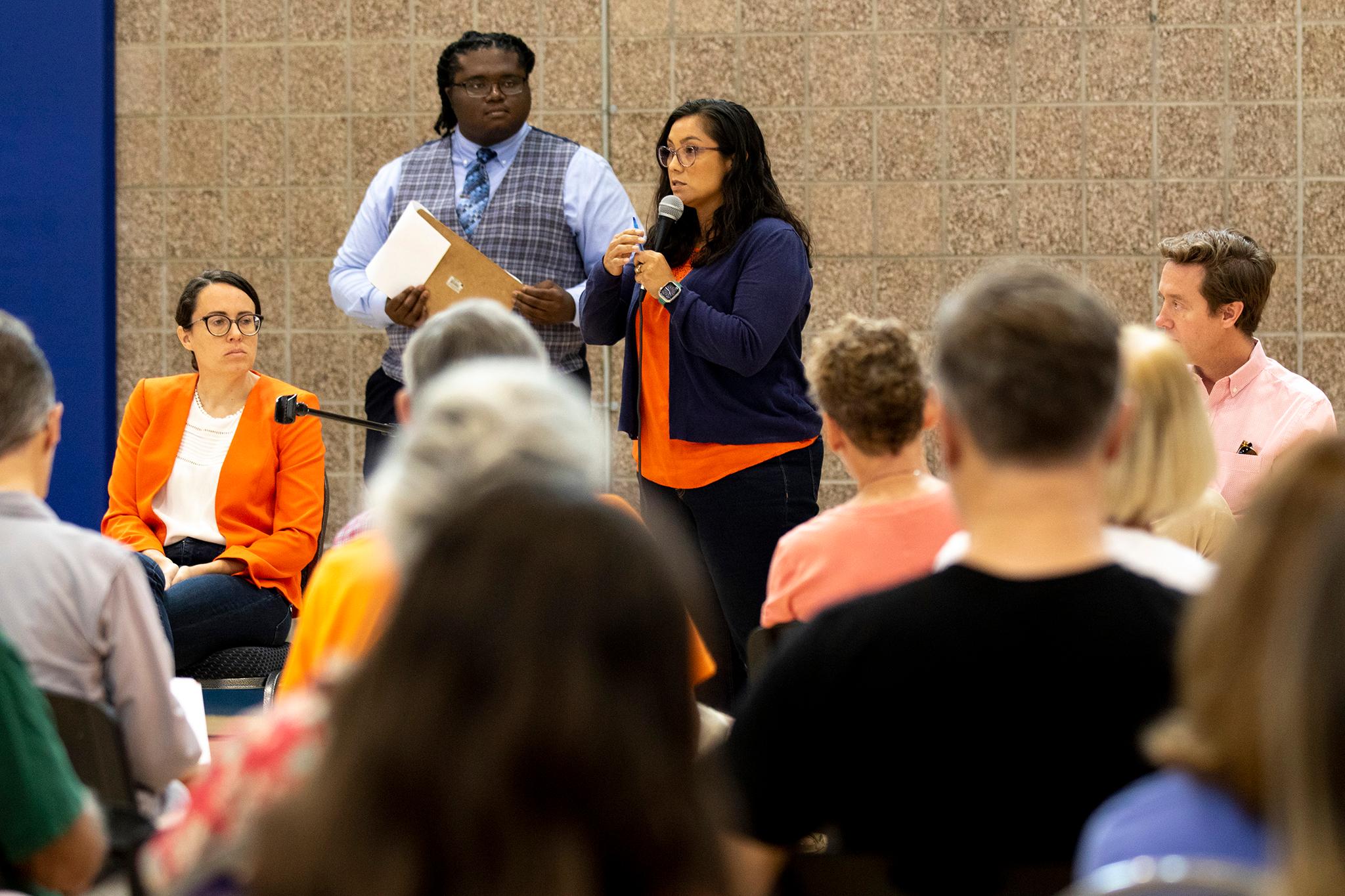
Though Calderón said she's "cautiously optimistic" about Johnston's plans, she said Denver is stuck in a lethal cycle.
"We're so fatigued at having these tragedies play out at the hands of police officers, but having the city come with the same types of excuses, no real change. That's why we need to move in a different direction," she said. "How many times can we either hear the police double down on their actions being justified, and then on the other hand say that they need to build community trust. One thing tends to cancel out the other, and takes us back to square one."
Johnston's team posted their transition documents online. The one about safety shows an emphasis on hiring, since "the department is not recruiting enough cadets to replace the number of officers leaving for a variety of reasons, including burnout, concerns about personal liability, increased public scrutiny, and perceived lack of backing of their decisions."
Besides a note that the Department of Safety should "establish a new non-lethal-use-of-force policy," there's not much else in there about how officers interact with complicated and potentially dangerous situations.
DPD spokesperson Doug Schepman said the department hasn't changed any policies since Johnston took office.
Jordan Fuja, Johnston's spokesperson, said the mayor is "embracing a model of neighborhood policing where officers build relationships and trust within the communities they serve" and said both DPD and the Department of Safety have taken "encouraging steps toward transparency and integrity."
"We know that there is more to do, and Mayor Johnston is working closely with both departments to make progress on our goals of ensuring everyone in Denver feels safe," she added.
Calderón said Johnston is listening, but she's not sure everyone working on police reform issues has been heard.
Vinnie Cervantes, executive director of the Denver Alliance for Street Health Response, said grassroots organizations like his were not granted the input into Johnston's transition process he'd hoped for. He and others in his network applied for positions on Johnston's public-safety transition team, but none of them received an invitation.
"Of all the people I've talked to who are one of those transition teams, not one of them applied," he added.
Cervantes was part of the group that helped conceptualize STAR before Denver adopted the idea. Had he been on Johnston's safety transition committee, he said, he'd have suggested a STAR-like program specifically for domestic violence calls, in part to give victims a way to get out of bad situations without involving police or jailing their partners, as may have been the case with Cole on Aug. 5.
While he's not thrilled about Johnston's campaign promise to hire more officers, Cervantes said he's not ready to judge Johnston on his safety and policing strategies just yet.
"It also hasn't been that long," he told us.
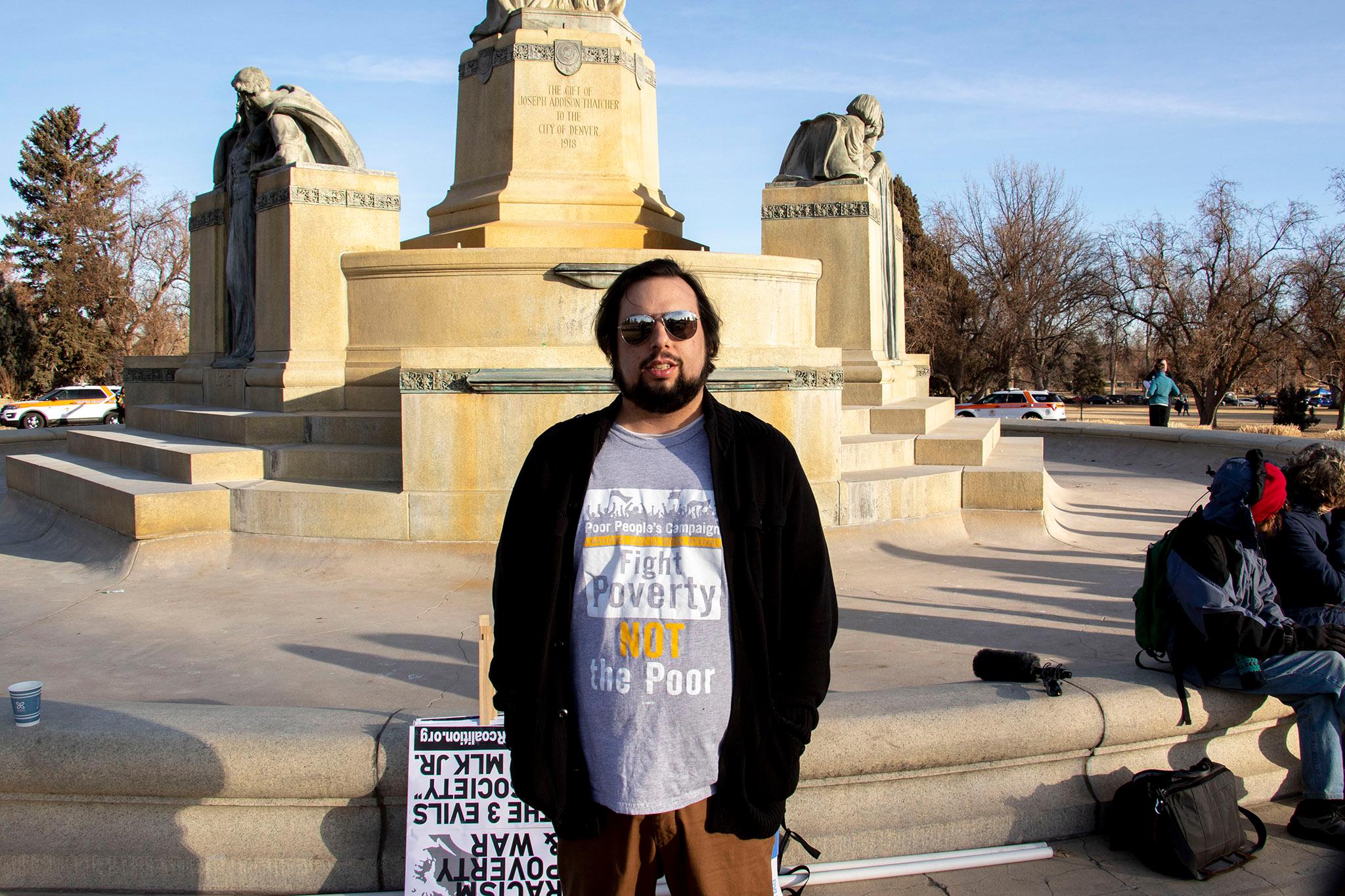
Robert Davis, a founder of Denver's Task Force to Reimaging Policing and Public Safety, said he's also waiting to see what Johnston does. He's particularly watching to see if the city creates an "Office of Neighborhood Safety" that would be fully separate from the department that oversees police.
"I want to hold comment until I see where he's leading over the next month or so," he said.
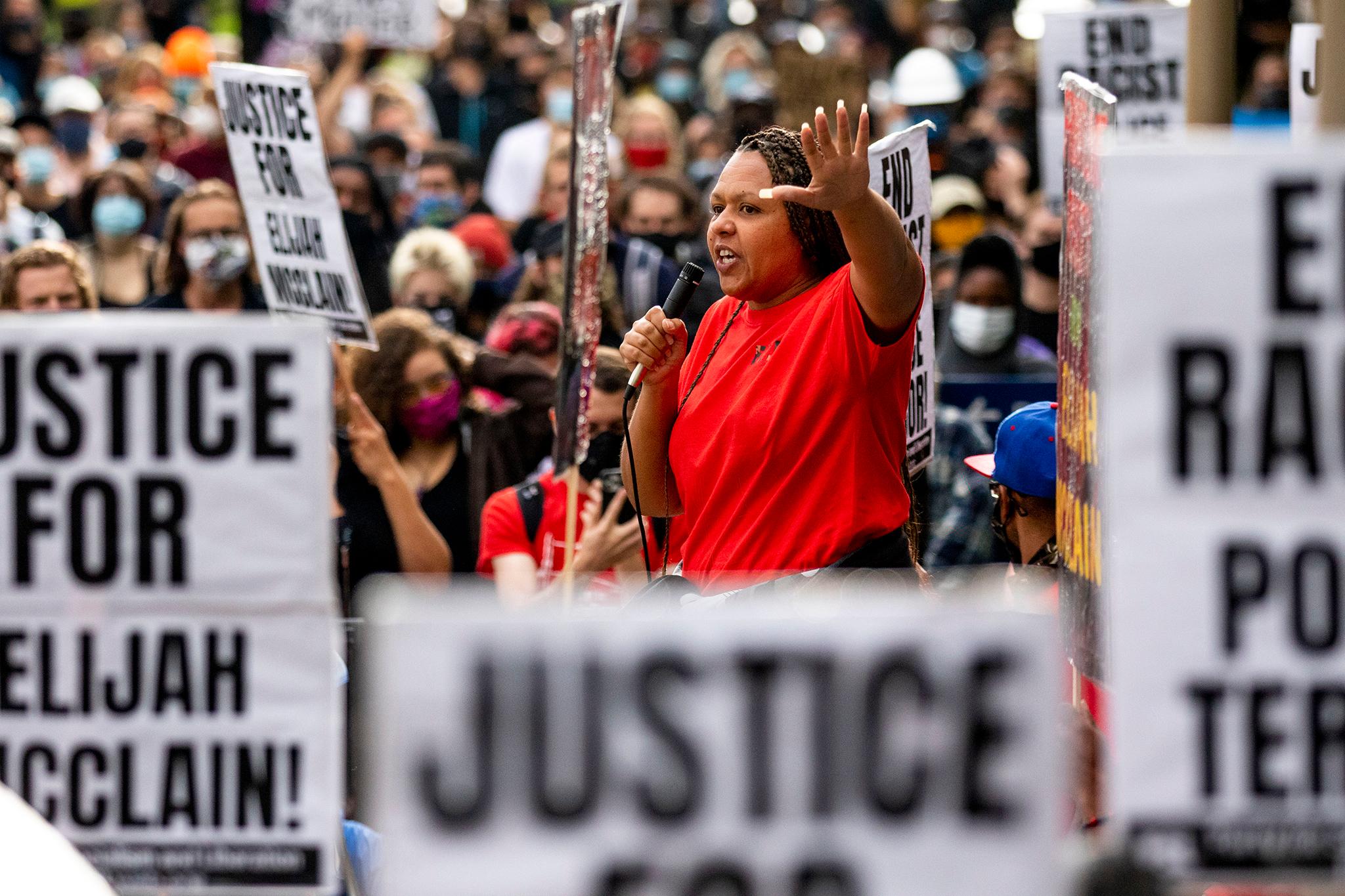
But Candice Bailey, a longtime police reform advocate in both Aurora and Denver, said Johnston will have to overcome some major obstacles. She pointed to the recent retirement of Sergeant Carla Havard, who left after she filed a Title VII complaint against the department with the U.S. Equal Opportunity Employment Commission. Havard alleged the department retaliated after she raised concerns about race and gender discrimination. Havard's case demonstrates deep cultural problems within the Denver Police Department, Bailey said, which ripples from internal conflicts to how officers behave on city streets.
"That is telling. It's not just policing," she said. "It is a culture in public safety that has been transferred from policing. The umbrella has widened."
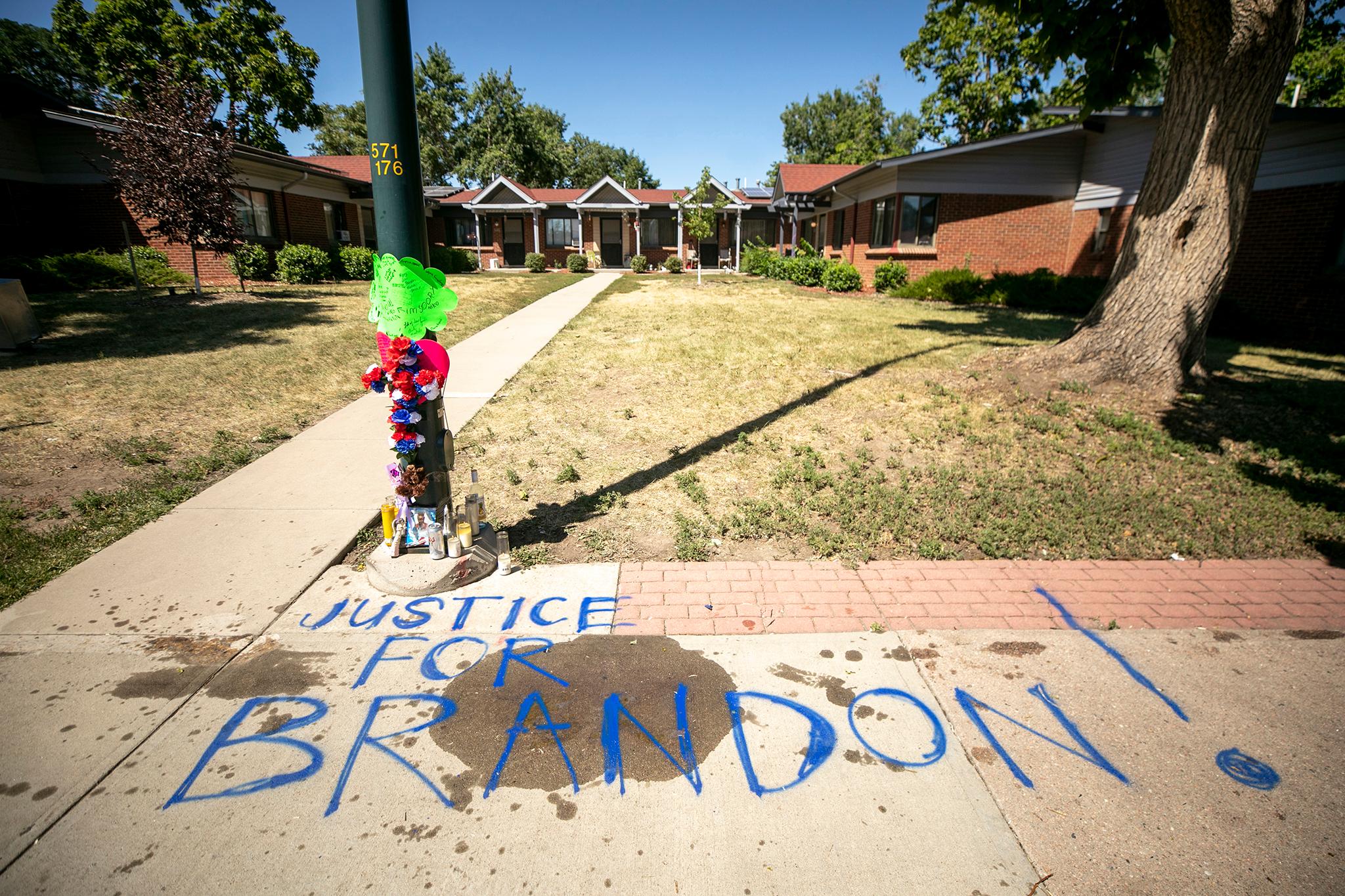
Advocates are still waiting to see how department, the DA and the mayor finally characterize the killing of Brandon Cole. In the meantime, it's clear some who were close to Cole have ideas about who to blame for his death.
On Tuesday, candles burned in a vigil set up for Cole outside of his wife's home. Words spray-painted on the sidewalk read: "JUSTICE FOR BRANDON!"
Editor's note: This story has been corrected to reflect that the two DPD officers responded to West Cedar Avenue. It's also been updated to include statements from the mayor's office and DPD.

